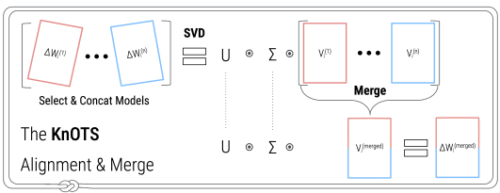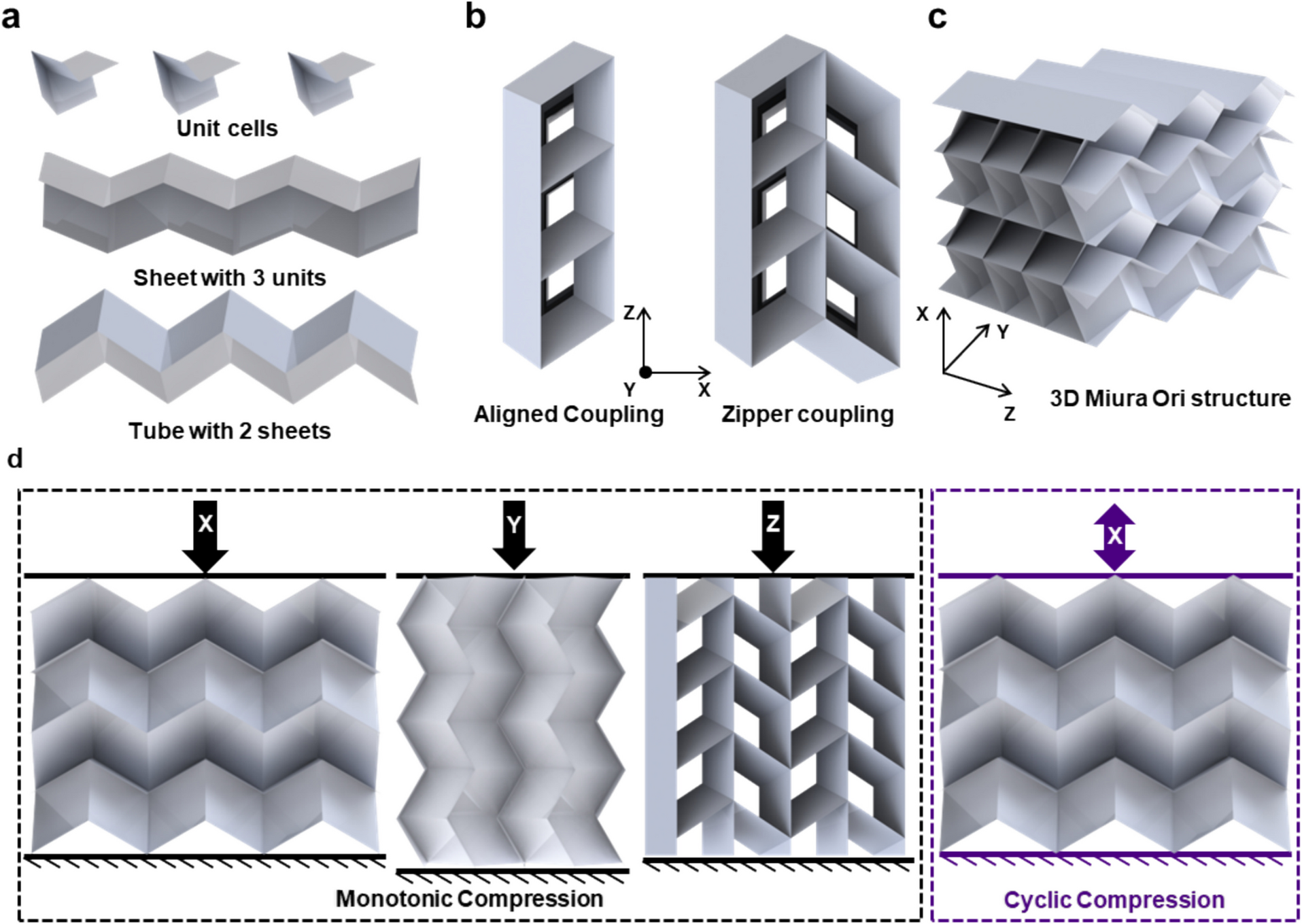2025-04-23 パシフィック・ノースウェスト国立研究所(PNNL)

<関連情報>
- https://www.pnnl.gov/news-media/scientists-speed-groundwork-essential-quantum-computing
- https://ieeexplore.ieee.org/document/10579092
- https://journals.aps.org/prresearch/abstract/10.1103/PhysRevResearch.4.043172
ピカソ:パレットを用いたメモリ効率の高いグラフ着色と量子コンピューティングへの応用 Picasso: Memory-Efficient Graph Coloring Using Palettes With Applications in Quantum Computing
S M Ferdous; Reece Neff; Bo Peng; Salman Shuvo; Marco Minutoli; Sayak Mukherjee,…
IEEE International Parallel and Distributed Processing Symposium Date Added to IEEE Xplore: 08 July 2024
DOI:https://doi.org/10.1109/IPDPS57955.2024.00029
Abstract
A coloring of a graph is an assignment of colors to vertices such that no two neighboring vertices have the same color. The need for memory-efficient coloring algorithms is motivated by their application in computing clique partitions of graphs arising in quantum computations where the objective is to map a large set of Pauli strings into a compact set of unitaries. We present Picasso, a randomized memory-efficient iterative parallel graph coloring algorithm with theoretical sublinear space guarantees under practical assumptions. The parameters of our algorithm provide a trade-off between coloring quality and resource consumption. To assist the user, we also propose a machine learning model to predict the coloring algorithm’s parameters considering these trade-offs. We provide a sequential and parallel implementation of the proposed algorithm.We perform an experimental evaluation on a 64-core AMD CPU equipped with 512 GB of memory and an Nvidia A100 GPU with 40GB of memory. For a small dataset where existing coloring algorithms can be executed within the 512 GB memory budget, we show up to 68× memory savings. On massive datasets, we demonstrate that GPU-accelerated Picasso can process inputs with 49.5× more Pauli strings (vertex set in our graph) and 2,478× more edges than state-of-the-art parallel approaches.
量子コンピュータに再正規化結合クラスタ法をマッピングするための非単位作用素のコンパクトな単位表現 Mapping renormalized coupled cluster methods to quantum computers through a compact unitary representation of nonunitary operators
Bo Peng and Karol Kowalski
Physical Review Research Published 8 December, 2022
DOI: https://doi.org/10.1103/PhysRevResearch.4.043172
Abstract
Nonunitary theories are commonly seen in the classical simulations of quantum systems. Among these theories, the method of moments of coupled cluster equations (MMCCs) and the ensuing classes of the renormalized coupled cluster (CC) approaches have evolved into one of the most accurate approaches to describe correlation effects in various quantum systems. The MMCC formalism provides an effective way for correcting the energies of approximate CC formulations (parent theories) using moments, or CC equations, that are not used to determine approximate cluster amplitudes. In this paper, we propose a quantum algorithm for computing MMCC ground-state energies that provides two main advantages over classical computing or other quantum algorithms: (i) the possibility of forming superpositions of CC moments of arbitrary ranks in the entire Hilbert space and using an arbitrary form of the parent cluster operator for MMCC expansion, and (ii) significant reduction in the number of measurements in quantum simulation through a compact unitary representation for a generally nonunitary operator. We illustrate the robustness of our approach over a broad class of test cases, including ∼40 molecular systems with varying basis sets encoded using 4–40 qubits, and we exhibit the detailed MMCC analysis for the 8-qubit half-filled, four-site, single impurity Anderson model and the 12-qubit hydrogen fluoride molecular system from the corresponding noise-free and noisy MMCC quantum computations. We also outline the extension of the MMCC formalism to the case of a unitary CC wave-function Ansatz.



